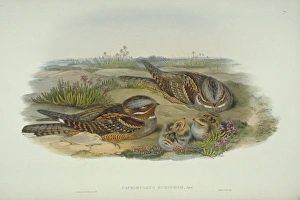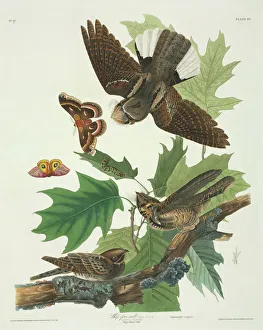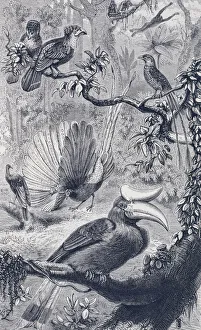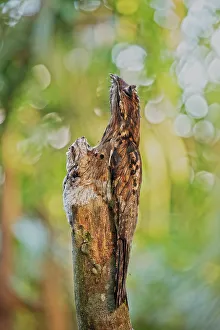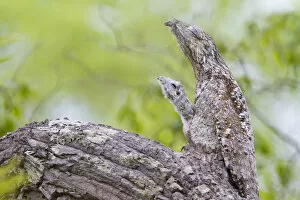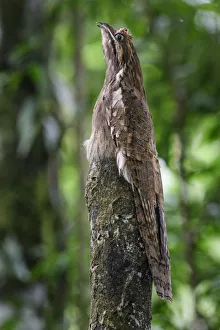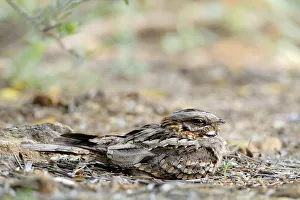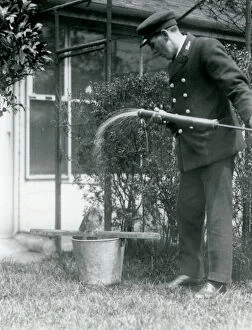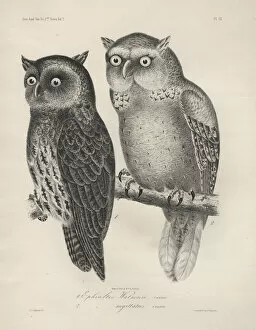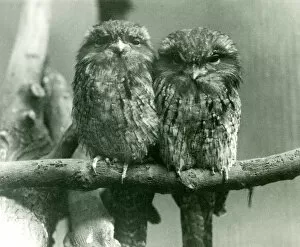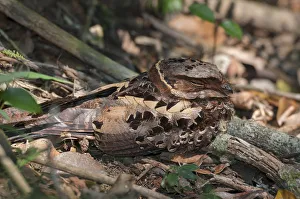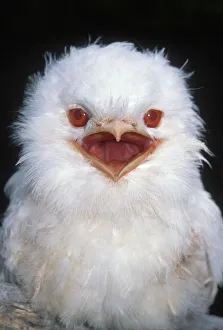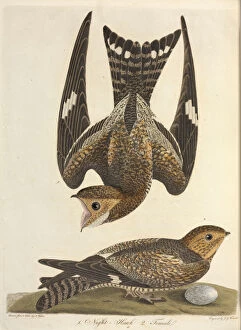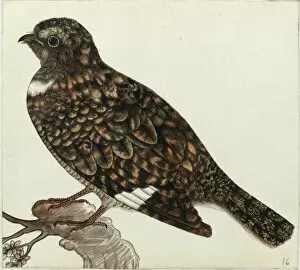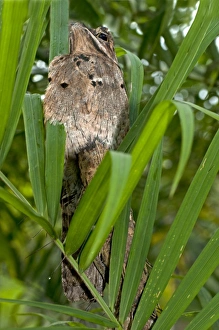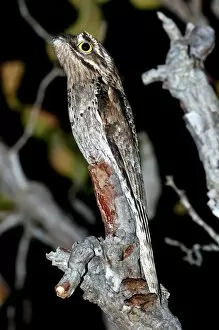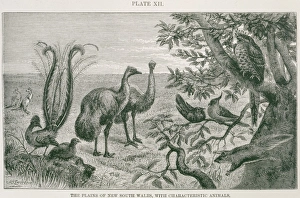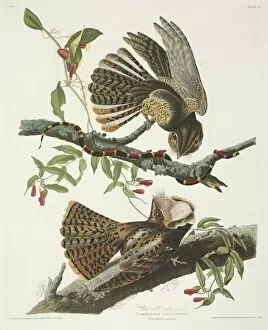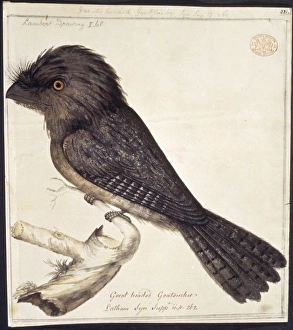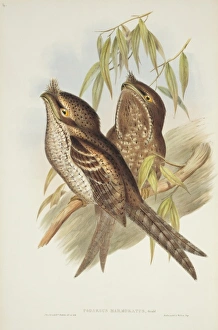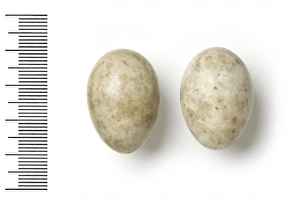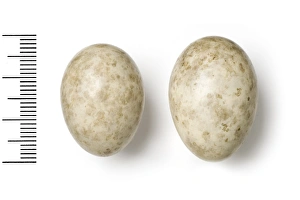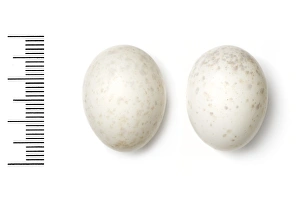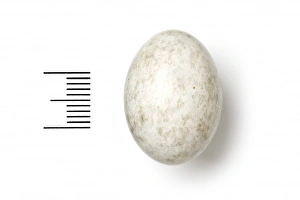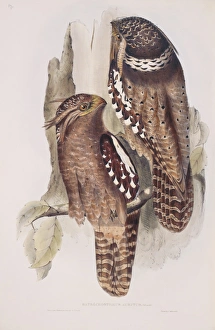Caprimulgiformes Collection
Caprimulgiformes, also known as nightjars or frogmouths, are a fascinating group of birds that inhabit various regions around the world
All Professionally Made to Order for Quick Shipping
Caprimulgiformes, also known as nightjars or frogmouths, are a fascinating group of birds that inhabit various regions around the world. One such species is Caprimulgus vociferus, commonly known as the whip-poor-will. Its distinctive call echoes through the night in North America, adding an enchanting melody to the darkness. In Europe, we find Caprimulgus europaeus, the European nightjar. This elusive bird emerges at dusk and dawn to hunt insects with its wide gape and agile flight, and is often spotted in open habitats like heaths and woodlands. Venturing into a Malayan forest reveals a mesmerizing sight – characteristic birds of this region belonging to the Caprimulgiformes order. Their unique adaptations allow them to blend seamlessly with their surroundings, making it challenging for predators to spot them. One such example is the Great potoo (Nyctibius grandis), captured resting on a branch in Pantanal's Mato Grosso region alongside its young ones. The female's cryptic plumage perfectly camouflages against tree bark while protecting her offspring. Another master of disguise within this avian family is the Tawny frogmouth (Podargus strigoides) found in Charters Towers, Queensland, Australia. Perched upon a dead tree trunk, it becomes nearly invisible due to its remarkable camouflage abilities. The Common Potoo (Nyctibius griseus) showcases similar skills as it blends effortlessly into its arboreal habitat within Ecuador's Mindo cloud forest area. Here we witness an adult potoo accompanied by a young juvenile perched opposite each other on separate branches. Moving towards Spain's Arcos de la Frontera unveils another member of this diverse order -the Red-necked nightjar (Caprimulgus ruficollis). Nestled amidst foliage with eggs beneath, it exemplifies the dedication of these birds to their reproductive duties.

